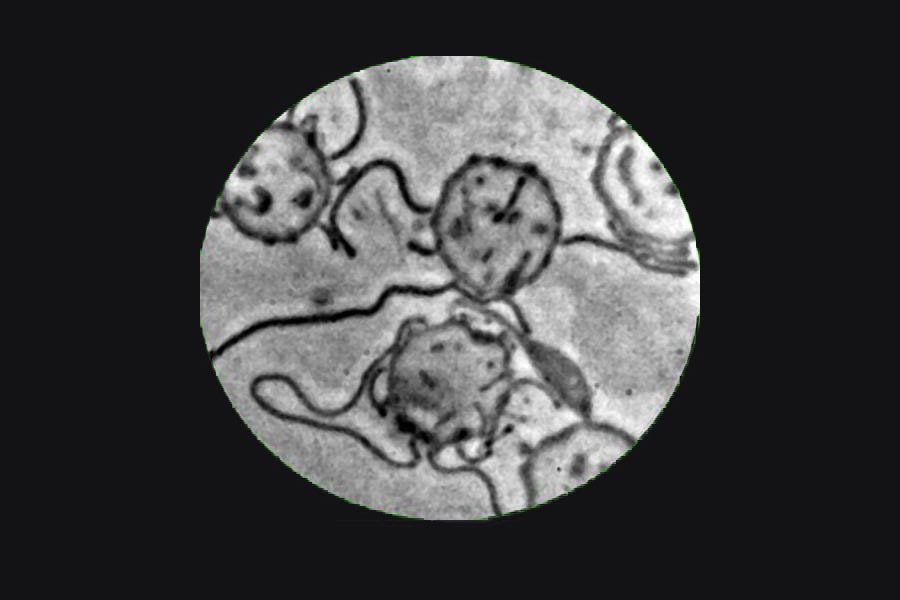Lyme
Throughout society, a primary debate centralizes around the reality and severity of the effects of climate change. According to studies, the leading author Doctor David Firman states, “There are important links between the environment and infectious disease risk, not only in low-income countries, like places with a substantial amount of malaria, but in high-income countries like the United States and Canada, too.” (Dotinga 1). Being a professor of epidemiology at the University of Toronto’s Dalla Lana School of Public Health, Dr. Firman remains highly informed on the severity of effects through numerous cases of lessened health due to climate change.
Within the specific article, the El Nino and La Nina remain subject to copious amounts of warm and cold water; both respectively occur periodically in the Pacific Ocean. The article’s authors focused on a study where the researchers examined United States hospitalization data for diseases ranging from diarrhea to tick-borne, from 1970 to 2010. The research looked for potential links to El Nino-type events surrounding the specific diseases. According to Firman, “We discovered that the risk of some diseases, especially diarrhea diseases and tick-borne disease, does seem to be affected” (Dotinga 1). Furthermore, the data displays a massive surge in tick-borne diseases, primarily Lyme disease, in the Western states after an El Nino. While the research does not define a specific amount of impact that El Nino or La Nina season has on the overarching health of the people of the United States, the research data concludes that approximately fifteen percent of an increase in diarrhea illnesses for which people required hospitalization in the Northeast. Henceforth, the author argues “that would potentially be 11 million excess diarrhea cases in a given year” (Dotinga 1).
The research does not necessarily display a correlation between specific weather and its effects on disease; however, the researchers do assert that “the climate is changing and so is the risk of infectious disease” (Dotinga 1). Additionally, the researchers propose that some form of cause-and-effect relationship occurs in order for diseases to further or diminish. Although according to the researchers, “not enough research is being conducted to determine what it is for most diseases, even in the short-term”.




